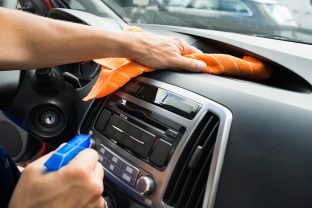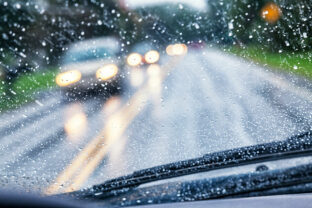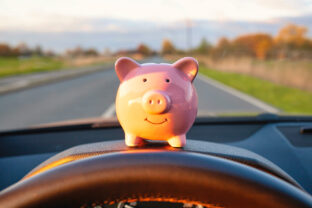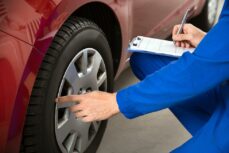Children: how to choose a car seat for them?
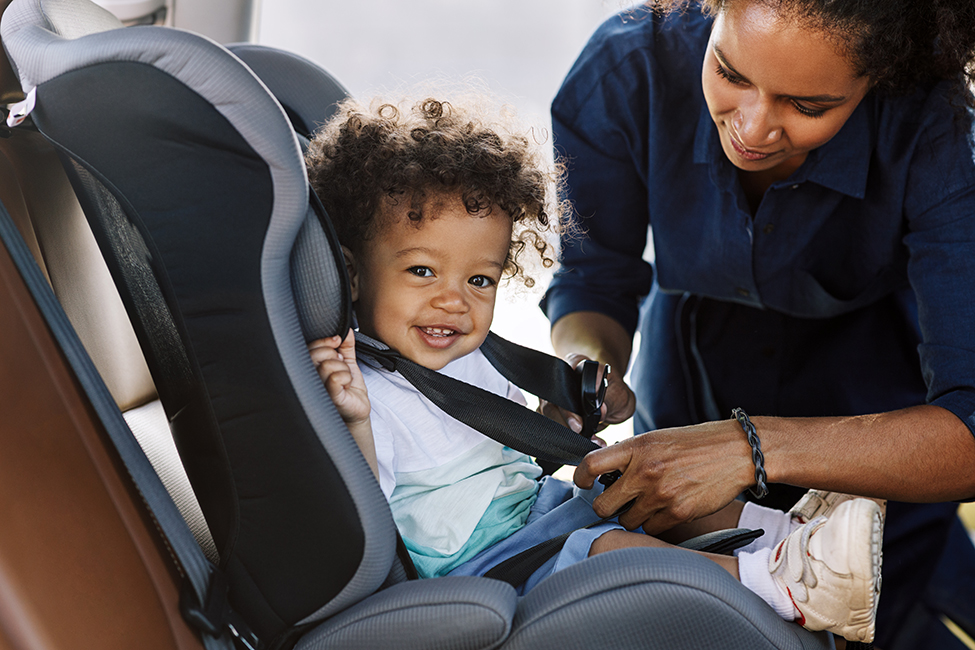
What type of car seat for what age?
The regulations have two base standards for child seats. The ECE R44/04 standard, the oldest of which, classifies car seats into five groups based on weight. The 2013 ECE R129 (i-Size) standards classify car seats according to the height of the child. These two standards are complementary and equally valid.
Note: there are scalable car seats for children covering the entire growth range from 10 months onwards. However, they do not recommend the use of these during the perinatal period.
The carrycot
The carrycot, or the lie flat or lateral baby carrier, has the advantage of offering babies a comfortable position in line with their motor development. They are suitable for:
- Group 0;
- Birth weight up to 10 kg;
- Height from 40 to 70 cm;
- Lying down in position;
- Rear-seat installation with two seats;
- Can be adapted to a pushchair frame;
- Can be used as a bed that prevents the child from being pulled off the car seat when travelling.
The Shell or rear-facing cosy carrier
Very safe in a frontal or side-impact, the shell-seat effectively protects the child in the event of a car accident. They are suitable for:
- Group 0+;
- Birth weight up to 13 kg;
- Height from 40 to 85 cm;
- Half-seated, half-lying position;
- Rear-facing, back to the road installation on the back seat;
- Back-to-back installation on the passenger seat is possible if the airbag is deactivated;
- Durable plastic shell with shock-absorbing cushions and a safety harness.
The seat for 2nd age (rear- or forward-facing with safety harness or shield)
The versatile 2nd age chair has a long service life. They are suitable for :
- Group 1;
- Weight from 9 to 18 kg;
- Height from 61 to 105 cm;
- Installation facing back or to the road;
- Support provided by a safety harness or an impact shield, secured by a belt;
- Initial fixing requires installation, then the car seat will remain in place.
Good to know: since 2011, all new vehicles have Isofix fasteners on the rear seat. This system combines optimum safety with ease of installation.
The high-back booster seat or cushion
This car seat type provides children with excellent supported through the seat belt, and it minimises consequences from road accidents. It is suitable for:
- Groups 2 and 3;
- Weight between 15-25 kg and 22-36 kg;
- Height between 100 and 150 cm;
- Rear seat installation, facing the road;
- Support provided by the vehicle safety belt, which also holds the seat;
- Backrest mandatory on i-Size models for the comfort of children under 125 cm.
In the UK, manufacturers can now only make booster cushions approved as group 3. However, this does not affect existing booster cushions in group 2, so you’ll still be able to use them.
Until what age should one use a car seat?
According to UK law, any child under 12 years of age must be seated in an approved safety seat in the rear. However, front-seat installation on the passenger seat is acceptable for rear-facing seats, provided the front airbag is deactivated. If the rear seat is not free or does not have a seatbelt, as an exception, the child can be seated in the front on a car seat appropriate to their size.
Note: each seat and safety belt counts for one child. The only exception is children over 3-years old who must embark on an unplanned emergency journey of short distance.
Whatever type of seat you buy, avoid buying a second-hand model, and instead go for a well-known brand with proven quality. It is also critical to change your car seat after an accident. These measures will help you to comply with the law and ensure your child is as safe as possible on every journey.




